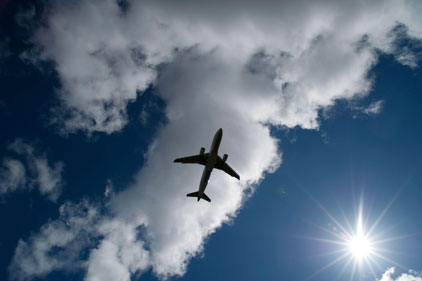 The number of people exposed to significant airport noise in the United States has decreased from 7 million people in 1975 to approximately 309,000 people in 2012, according to the Federal Aviation Industry (FAA), which cites an initiative to improve aircraft engine and airframe technology to reduce noise, fuel burn, and emissions as one of the factors in the change.
The number of people exposed to significant airport noise in the United States has decreased from 7 million people in 1975 to approximately 309,000 people in 2012, according to the Federal Aviation Industry (FAA), which cites an initiative to improve aircraft engine and airframe technology to reduce noise, fuel burn, and emissions as one of the factors in the change.
The FAA also works with communities to eliminate or mitigate incompatible land use near airports and provides federal funds to mitigate the adverse impacts of aircraft noise in homes and schools near airports.
A structured approach
Airports may collaboratively address noise near airports by using a voluntary program called Airport Noise Compatibility Planning or Part 150, which began in 1981. It provides a structured approach for airport operators, airlines, pilots, neighboring communities, and the FAA to work together to reduce the number of people who live in significantly noise-impacted areas. Operators of public use airports, including heliports, are eligible to participate.
Currently 275 airports have entered into this voluntary program since its beginning. Of the original 275 participants, 134 have updated their plans and other airport operators are working on updates.
Insulating buildings against sound
Noise exposure maps developed under Part 150 help identify neighborhoods in which buildings are eligible for sound insulation because of the outside noise levels. However, a building also must have a specific interior noise level to meet the eligibility requirements for sound insulation and must be the type of construction that can successfully be sound-insulated. Not all homes or schools near an airport are eligible for sound insulation.
Public input
The Part 150 program requires that members of the public have an opportunity for active and direct participation in the process through public meetings and hearings, and to provide comments in response to required public notices including local newspapers and Federal Register notices. The Part 150 program also provides opportunities for people living in noise impacted areas to participate on technical committees and general committees.
Airport operators do not have to use the Part 150 program to reduce noise. Many airports have established highly successful noise abatement or mitigation programs outside of the Part 150 process, by working proactively with neighboring communities and user groups to address the same objectives. In some cases, airport operators simply prefer to work more directly with the various stakeholders without relying upon a federal regulatory process.
For more information on the program and regulation go to www.faa.gov/airports/environmental/airport_noise/



